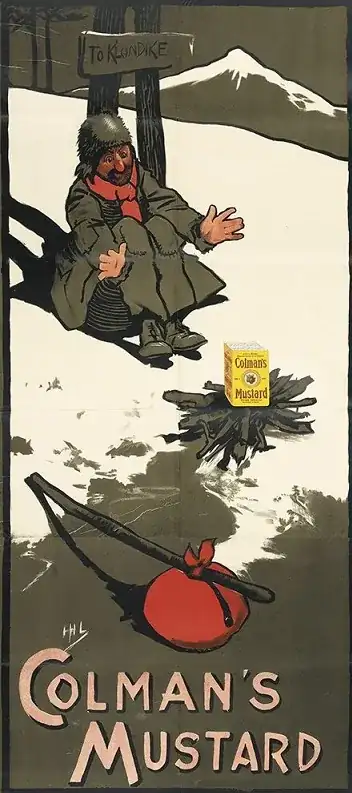For the first time in many years, there are enough red bell peppers in the harvest for me to make this recipe for roasted red pepper mustard, which I have made off and on for 20 years or so.
It's been a long time since I've made it, and there's one aspect that didn't always work.
As you can see, the recipe involves
A) mixing .75c dry Colman's mustard (or equivalent) with 2.5c water+vinegar. let it sit.
B) boil 1 1/6c sherry+wine for 7 min (reduces it some, but not a whole lot)
C) mix A+B, cook in double-boiler until thick.
D) stir in red pepper puree.
My memory is that sometimes step A thickened up while it was resting, and sometimes it didn't. When it didn't, no later step ever really got thick enough. And that was a pity, because the mustard is incredibly delicious, kind of pricey to make, but makes a super gift if it sets properly.
Could the difference be that sometimes I substitute Penzey's regular mustard powder for the Colman's? Would Oriental mustard powder do instead? Or do I need to just resign myself to buying Colman's in bulk? I like to make a lot of this stuff.
